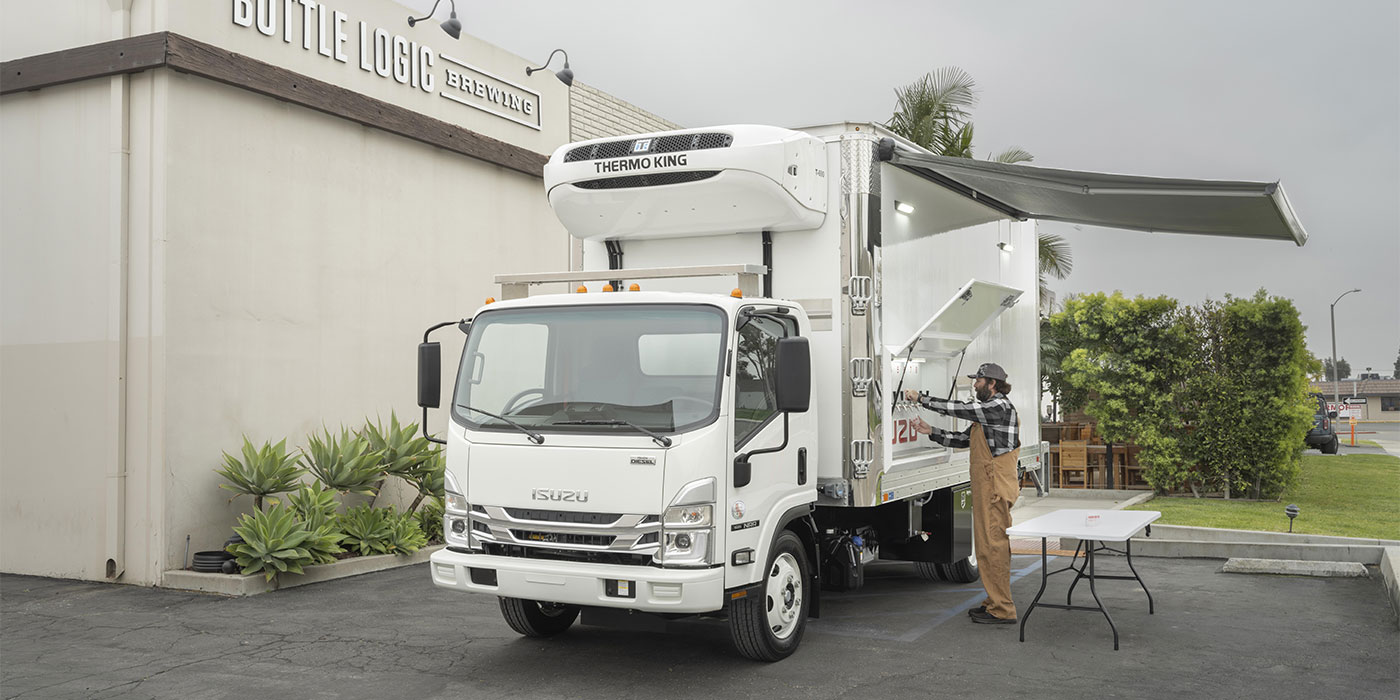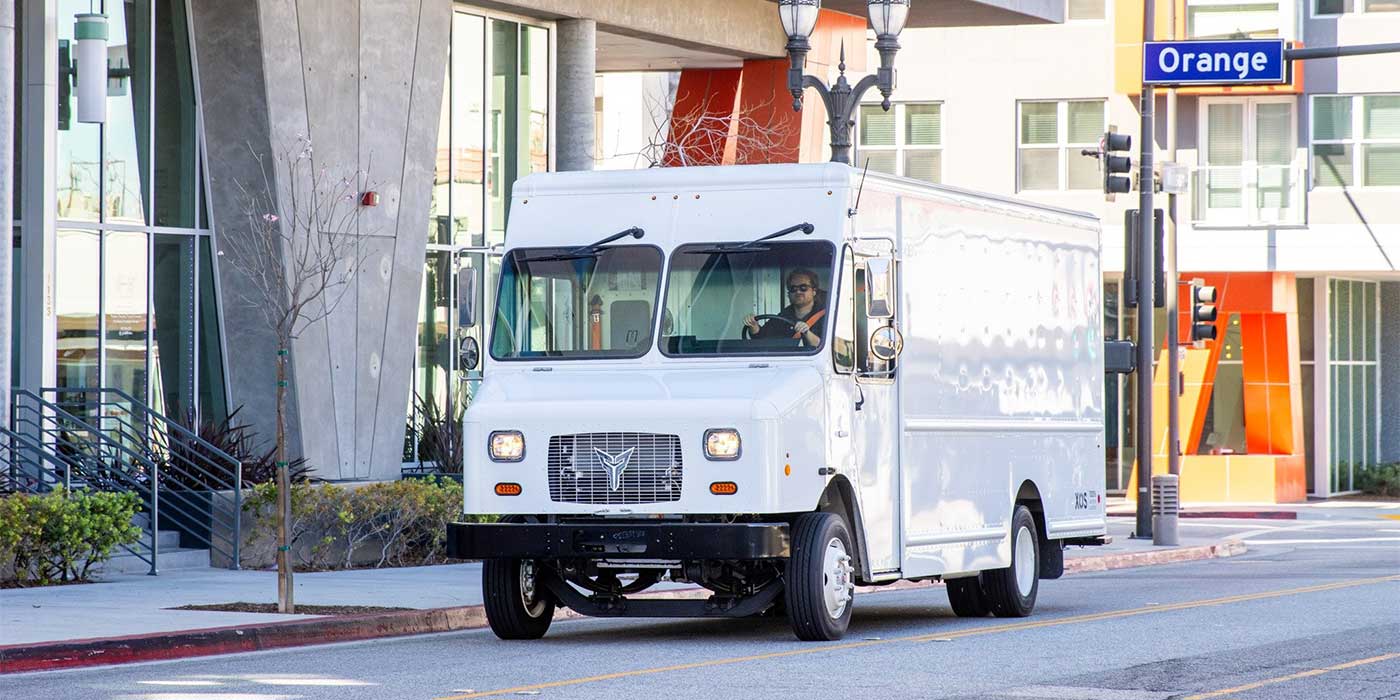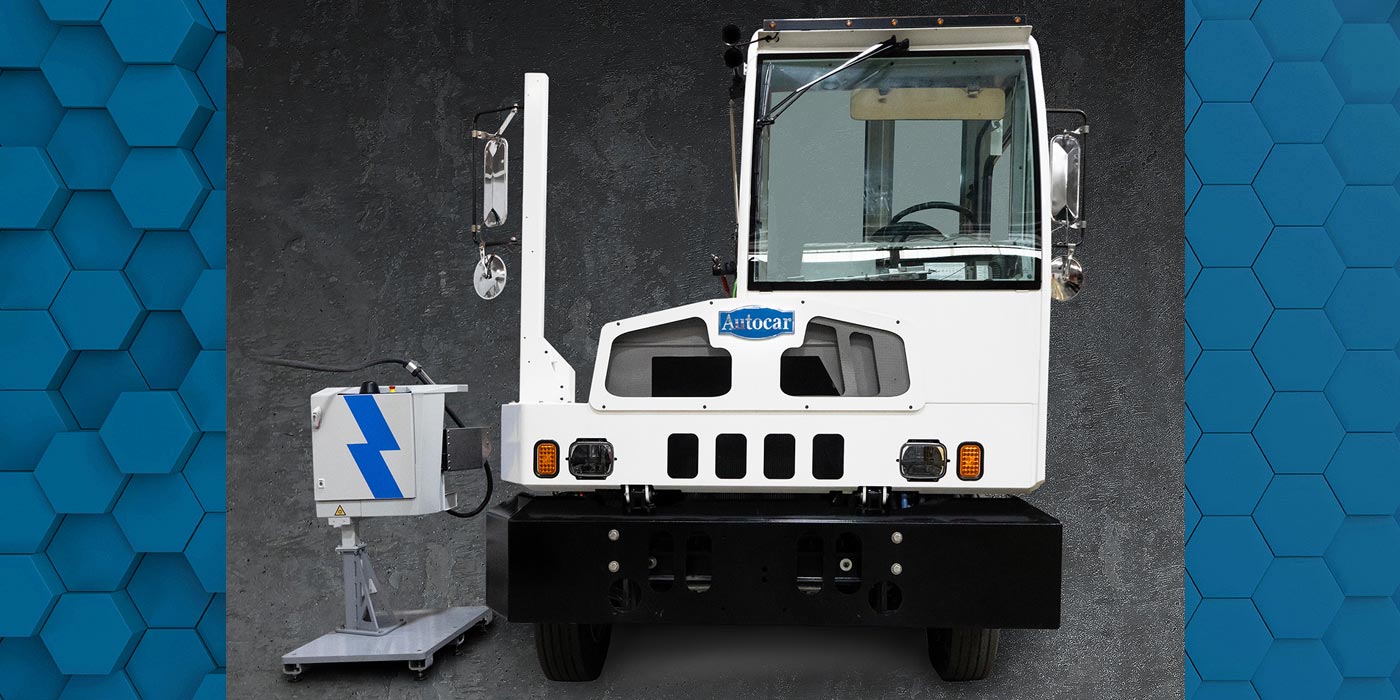Understanding the basics of electric energy consumption, such as kilowatts (kW) and kilowatt-hours (kWh), is foundational when mapping out your electric vehicle (EV) strategy. For example, a fleet of 80 trucks could require energy consumption in the megawatt territory. Experts AJ Palmisano, director, EV charging and infrastructure, International Truck and IC Bus, and Nick Grindrod, director of Infrastructure at Quanta Services, emphasized the importance of looking ahead and building infrastructure that can accommodate future growth to avoid costly upgrades on the latest episode of The EV Fleet Road Map.
Engagement with utility providers early in the transition process is another critical step.
“Reach out to the utility and start that process of determining: Do they have capacity now? Can they bring in more capacity? What’s the timeline on that going to be? What’s the cost of that going to be?” Grindrod said. “Oftentimes, getting that infrastructure in place could take a year to two years. It’s a very long timeline, and if you don’t factor that in and get that started late, it’s just going to delay your project.”
“Normally what we see is people wait and they wait and they wait and they finally decide to buy five electric trucks and they need five chargers. Then they find out they can get the vehicles faster than they can get the charging infrastructure installed,” Palmisano said.
Collaborating with OEMs like International Trucks to understand the equipment application needs and duty cycles, as well as infrastructure specialists like Quanta Services, ensures not only that infrastructure planning is adequately addressed but also that its execution is efficient, leveraging nationwide experience with utility companies.
In the event that infrastructure installation timelines are longer than you’d want them to be, temporary power solutions can serve as a bridge, allowing fleets to charge their vehicles while infrastructure is installed. Mobile battery units or generators, for instance, ensure that fleets can operate electrically even as they wait for permanent solutions, highlighting the importance of flexibility in the transition process.
Charging infrastructure also introduces new fleet management variables such as demand charges and charging schedules, which can significantly impact TCO. Effective management and strategic planning can mitigate these costs, positioning electric trucks as a competitive alternative to diesel vehicles.
As the commercial vehicle industry moves towards a more sustainable and efficient future, the transition to electric trucks represents a significant shift not just in technology but in operational mindset. By understanding energy consumption basics, planning for scalable infrastructure, engaging with utility providers, considering temporary power solutions, and keeping an eye on the total cost of ownership, truck equipment managers can effectively navigate the complexities of this transition. Collaboration with industry experts like Navistar and Quanta Services, who bring a wealth of experience and resources, is key to successfully managing this transformative journey towards electrification.













